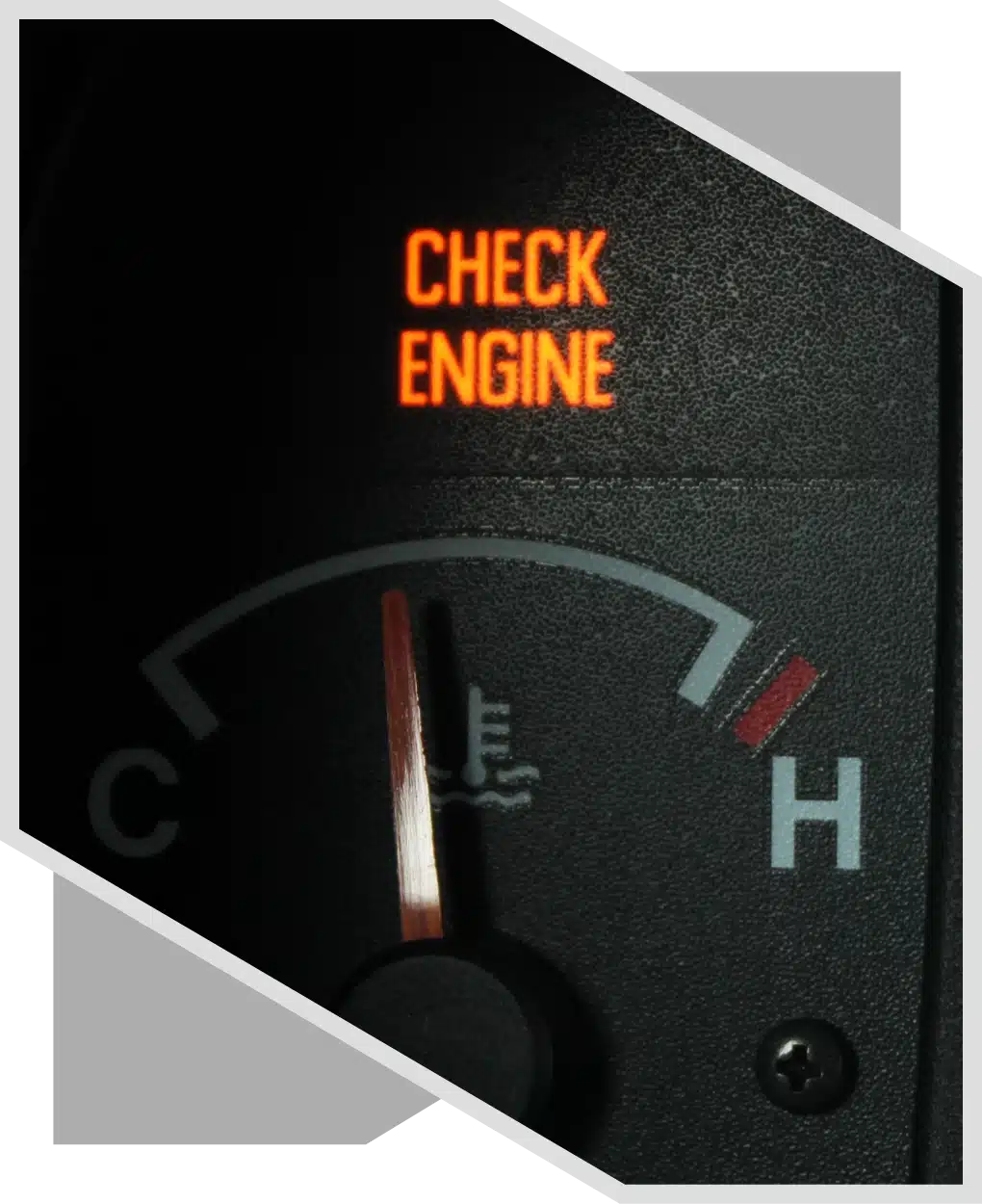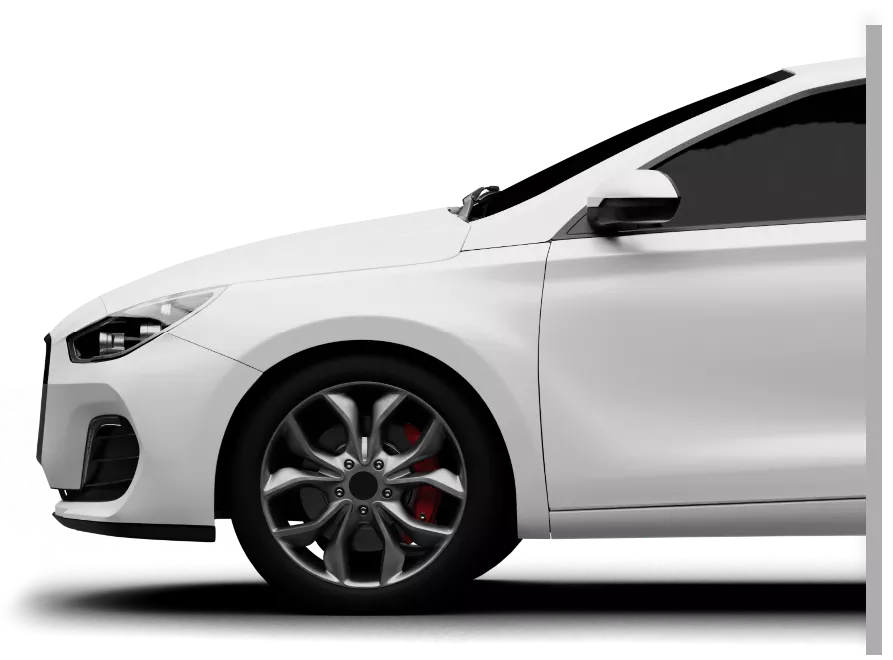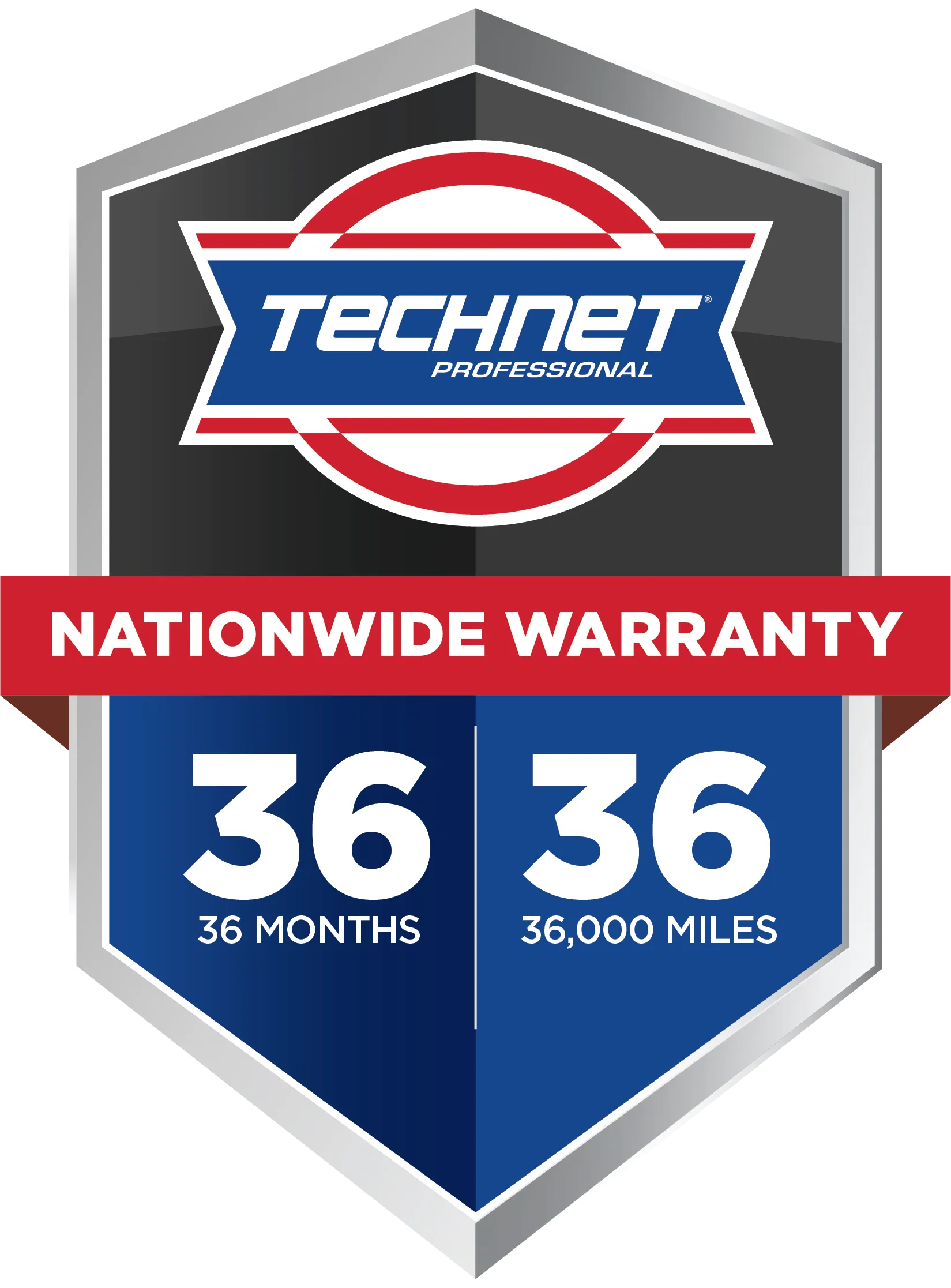
Today’s vehicles are complex pieces of machinery filled with advanced technology to have the most power and produce the least amount of emissions possible. An electronic control unit controls the air-to-fuel mixture and emissions controls. In some vehicles, it may also control the transmission’s electronics, while some vehicles have a separate transmission control unit. To determine what is wrong with your vehicle, you’ll need a skilled technician who has experience with code scanners and diagnostic tools.

When the check engine light comes on, an experienced diagnostic tech can determine what is causing it. It’s not as simple as plugging in a code scanner and reading the code. The stored code is only a clue as to where the tech should start looking. In most cases, the problem is not the sensor but that the sensor is giving out-of-range readings because the ECM cannot adjust the air and fuel mixture to compensate for a problem.
Vehicle diagnostics helps a technician:
When you first come into the shop with a check engine light issue, we’ll ask you some questions about how your vehicle is running and whether you can hear strange noises. We then take it for a test drive – if it runs – and do a visual inspection.
We hook up the scanner to pull the stored code and use our state-of-the-art diagnostic tools and equipment to test components and further diagnose the problem. Our technicians interpret the diagnostic data to determine what is causing the code, and then we make repair recommendations.
Once you approve the work, we then make the repairs and run diagnostics again to make sure we resolved the issue. We also test drive the vehicle again.


within a 3-5 miles radius.
Some people are under the impression that when we pull codes, all we have to do is replace the part the computer tells us to replace. In most cases, the electronic control module stored a code because it could not use sensors to get the readings back in range. For example, you might have an oxygen sensor code, but that only means that the amount of unburned fuel going through the exhaust is either too much or too little, and the computer cannot compensate for it.
It is up to the technician to further diagnose the vehicle to determine what is causing the out-of-range readings. In the case of an oxygen sensor, there could be many factors, including a malfunctioning spark plug, a bad coil, a clogged injector, or an injector that is simply not working anymore.
If the problem is with the ECM, it can store inaccurate codes, which is like chasing a ghost. The check engine light may be on, but our scanners don’t pick anything up. This often happens with more than one sensor at a time, and the codes are not usually related to each other.
Some of the common auto repairs we see and services we provide include:

We are committed to providing our customers with superior service and peace of mind. To further this commitment, we are proud to offer the TechNet 36 months / 36k mile Nationwide Warranty, ensuring that your vehicle is protected against any deficiencies in workmanship or parts used in the service.
When you need preventative maintenance or repairs, contact Eastside Automotive at (864) 801-0202 for an appointment. We are conveniently located at 2010 River Road, Greer SC 29650.
visibility_offDisable flashes
titleMark headings
settingsBackground Color
zoom_outZoom out
zoom_inZoom in
remove_circle_outlineDecrease font
add_circle_outlineIncrease font
spellcheckReadable font
brightness_highBright contrast
brightness_lowDark contrast
format_underlinedUnderline links
font_downloadMark links